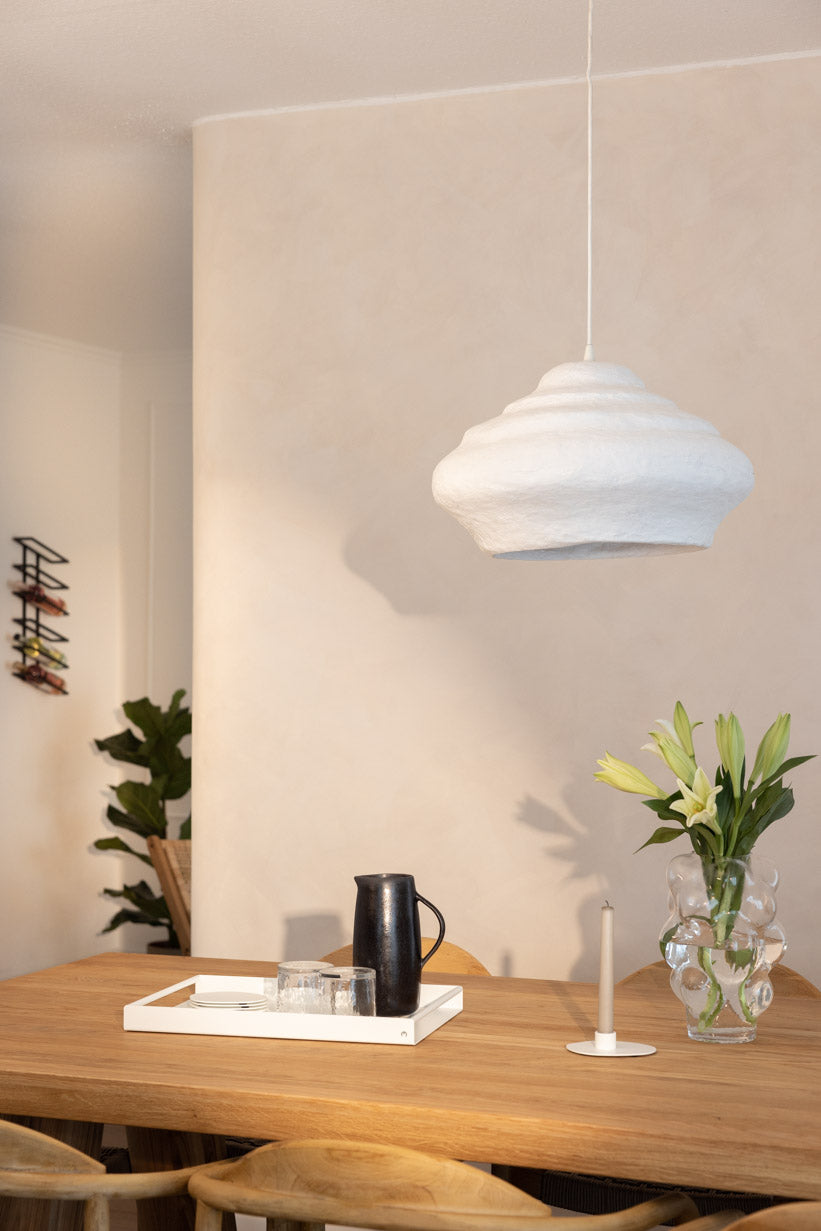Tips for Minimalist & Sustainable Decor
The combination of minimalist and sustainable decor is trending, as it combines contemporary design with environmental responsibility. Minimalism allows for a more conscious, less consumer-oriented lifestyle. Sustainability in decor not only protects the Earth, but also influences the design of a calm, harmonious home. The trend towards minimalist and sustainable decor reflects the growing awareness of the environment and quality of life - without having to limit oneself stylistically.

Clear lines and functionality: Minimalist design as a guiding principle
Minimalist design is characterized by clear lines and functionality, with the motto "Less is more" at the forefront. This approach removes the superfluous and focuses on the essentials. Each element has a defined purpose and contributes to visual calm. The choice of neutral colors enhances timeless elegance. By avoiding unnecessary decoration, the aesthetics are strengthened. Function plays a central role - furniture and furnishings are practical and ergonomically designed. Minimalism creates space for thoughts, creativity, and a tidy environment.This guiding principle appeals to those who appreciate simple design and a clear lifestyle.
Less is more: Decluttering and sorting for minimalist decor
The philosophy of "less is more" permeates minimalist decor. Decluttering and sorting are key steps. Start with a thorough review of your possessions - part with things that no longer bring joy or function. Categorize and organize to create clarity. Consider multiple uses for items and prefer quality over quantity. Reduce decorations to the essentials and create space for emptiness that emphasizes aesthetics. Clarity in space leads to clarity in mind.Minimalist decor refines the living space, simplifies maintenance, and promotes a more conscious life. The art lies in carefully choosing items and only keeping what truly offers added value.

Natural materials and sustainability: Environmental consciousness in decor
Natural materials and sustainability are cornerstones of an environmentally conscious decorating style. The choice of wood, bamboo, cork, and other renewable resources reduces the ecological burden. This approach promotes the longevity of furniture and accessories, thereby reducing the need for new purchases.Upcycling and second-hand purchases are other aspects that contribute to waste reduction. The use of environmentally friendly paints and surface treatments minimizes harmful chemicals. Natural materials also create a pleasant, soothing atmosphere in the room. Environmentally conscious furnishing not only expresses ethical values, but also positively influences the well-being of the inhabitants and leaves a sustainable footprint in the world.

Sustainable Accessories: Upcycling and Second-Hand Treasures
Sustainable accessories bring charm and responsibility to the decor through upcycling and second-hand treasures.Upcycling gives old items new life and avoids waste. From repurposed pallets to wine bottle lights, the possibilities are creative and diverse. Second-hand treasures bring history and individuality into the room. Vintage finds like antique mirrors, retro lights, or patterned rugs add character and originality. Sustainable accessories also promote local economies and reduce the need for new products. By choosing upcycling and second-hand, you support environmentally friendly practices and create a unique, ethical, and appealing decor.

